The Alternative Lending Market is currently characterized by a dynamic competitive landscape, driven by technological advancements and evolving consumer preferences. Key players such as LendingClub (US), Upstart (US), and Funding Circle (GB) are at the forefront, each adopting distinct strategies to enhance their market positioning. LendingClub (US) has focused on expanding its product offerings, particularly in personal loans, while Upstart (US) emphasizes its AI-driven underwriting process to improve loan approval rates. Funding Circle (GB) has carved a niche in small business lending, leveraging its platform to connect investors directly with borrowers, thereby streamlining the lending process. Collectively, these strategies contribute to a competitive environment that is increasingly shaped by innovation and customer-centric approaches.
The business tactics employed by these companies reflect a moderately fragmented market structure, where localized strategies and digital transformation play pivotal roles. For instance, companies are increasingly localizing their services to cater to regional market demands, optimizing their supply chains to enhance efficiency. This fragmentation allows for a diverse range of offerings, yet the collective influence of major players like LendingClub (US) and Funding Circle (GB) remains significant, as they set benchmarks for service quality and technological integration.
In August 2025, LendingClub (US) announced a strategic partnership with a leading fintech firm to enhance its digital lending platform. This collaboration aims to integrate advanced analytics and machine learning capabilities, which could potentially streamline the customer experience and reduce operational costs. Such a move underscores LendingClub's commitment to leveraging technology to maintain its competitive edge in a rapidly evolving market.
In September 2025, Upstart (US) launched a new product aimed at providing loans specifically tailored for underserved communities. This initiative not only broadens Upstart's market reach but also aligns with growing consumer demand for socially responsible lending practices. By addressing the needs of these communities, Upstart positions itself as a leader in inclusive finance, which may enhance its brand reputation and customer loyalty.
In July 2025, Funding Circle (GB) expanded its operations into new European markets, signaling a strategic move to capitalize on the growing demand for alternative lending solutions across the continent. This expansion is likely to enhance Funding Circle's market share and diversify its revenue streams, as it taps into new customer bases that are increasingly seeking flexible financing options.
As of October 2025, the Alternative Lending Market is witnessing trends that emphasize digitalization, sustainability, and the integration of artificial intelligence. Strategic alliances are becoming increasingly vital, as companies recognize the need to collaborate to enhance their technological capabilities and service offerings. Looking ahead, competitive differentiation is expected to evolve, shifting from traditional price-based competition to a focus on innovation, technological advancements, and supply chain reliability. This transition may redefine how companies engage with consumers, ultimately fostering a more resilient and adaptive market environment.


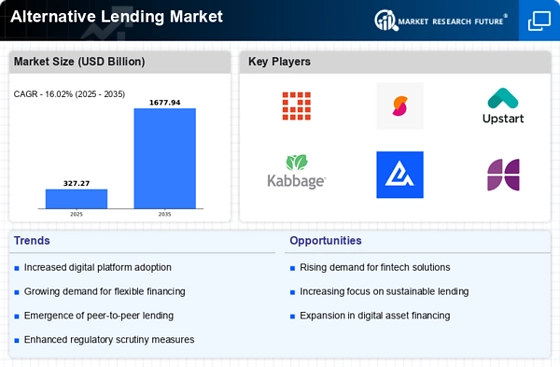
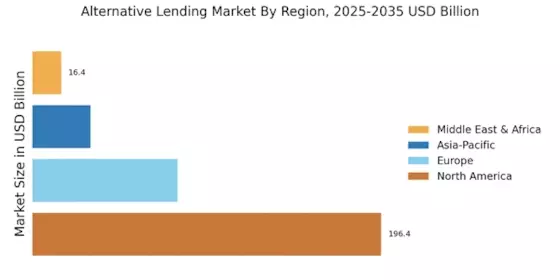
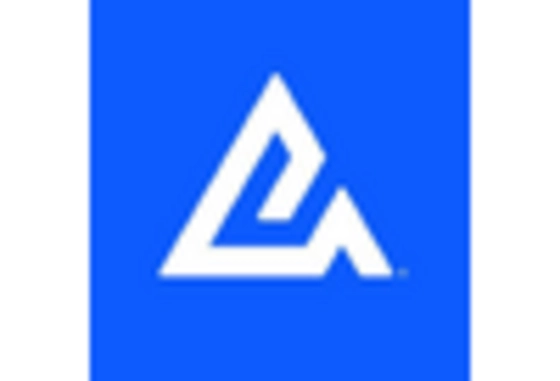
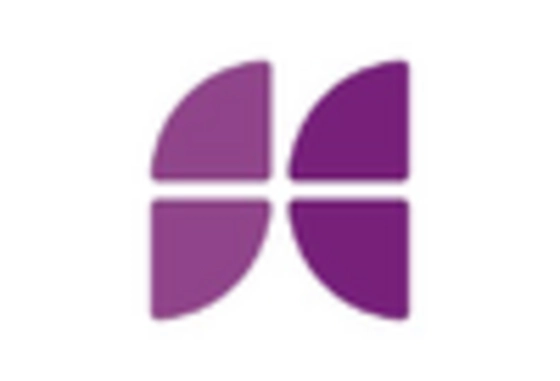
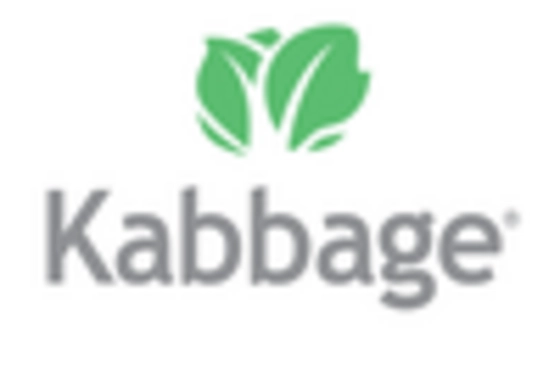
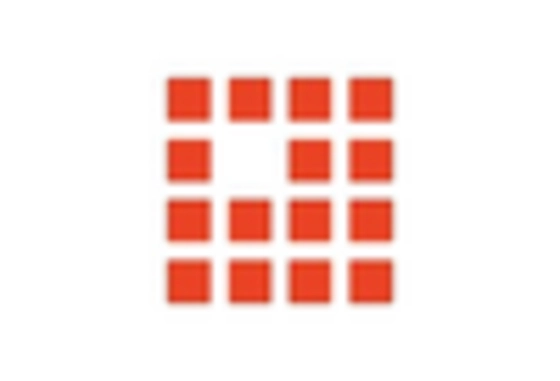
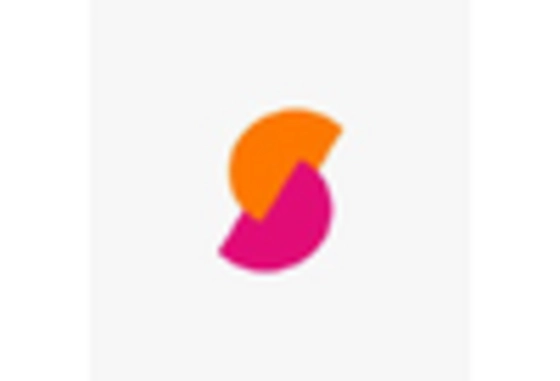
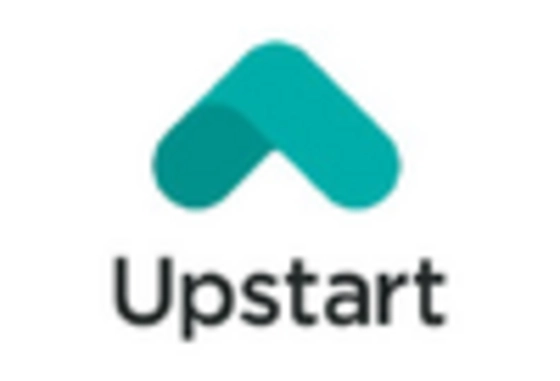








Leave a Comment